The world’s “largest open-access digital library for biodiversity literature and archives” has made 55 million pages of literature and at least 150,000 illustrations open for the public to enjoy.
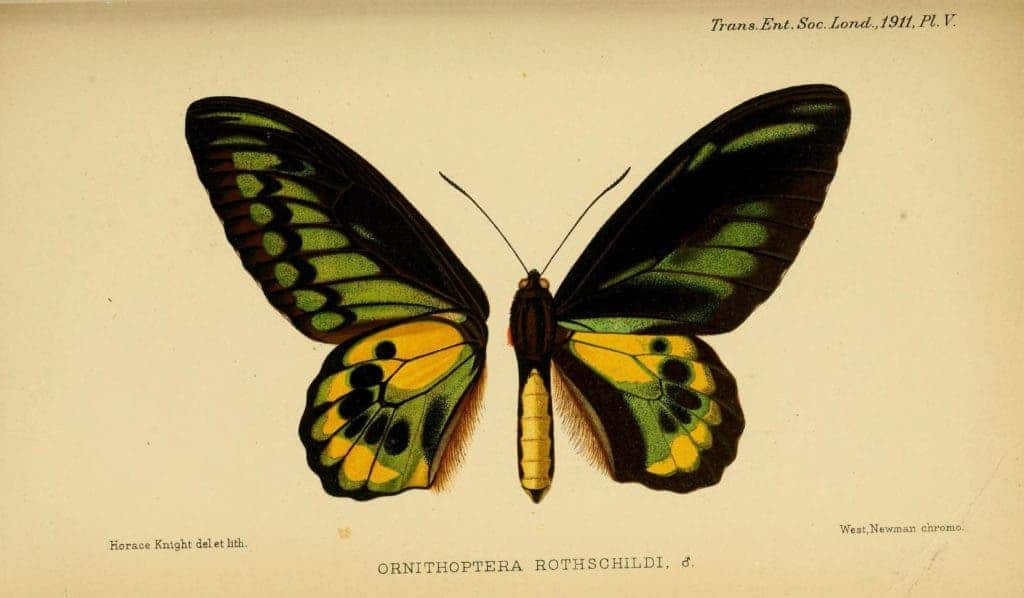
Image credits Biodiversity Heritage Library / Flickr.
Do you like life, science, cool art, or all three? Then the Biodiversity Heritage Library (BIH) has a treat for you. The BIH pools together diagrams, sketches, studies, and data pertaining to life on Earth from hundreds of thousands of journals and libraries, some of them from as far back as the 15th century. You can see it all, and download it all, without paying a dime.
Science for all
“To document Earth’s species and understand the complexities of swiftly-changing ecosystems in the midst of a major extinction crisis and widespread climate change, researchers need something that no single library can provide – access to the world’s collective knowledge about biodiversity,” the Library’s about page explains.
“Scientists have long considered this lack of access to biodiversity literature as a major impediment to the efficiency of scientific research.”
The sheer wealth of information that the BIH contains is staggering. However, this is a goldmine even if you’re not too keen on learning biology, even if you don’t need some citations for your degree paper — there is a lot of beauty to be found here. Illustrations of plants, animals, and the biological mechanisms that keep them going abound. They’re analyzed in hand-drawn diagrams, detailed in bright watercolors, and celebrated in dazzling lithography.
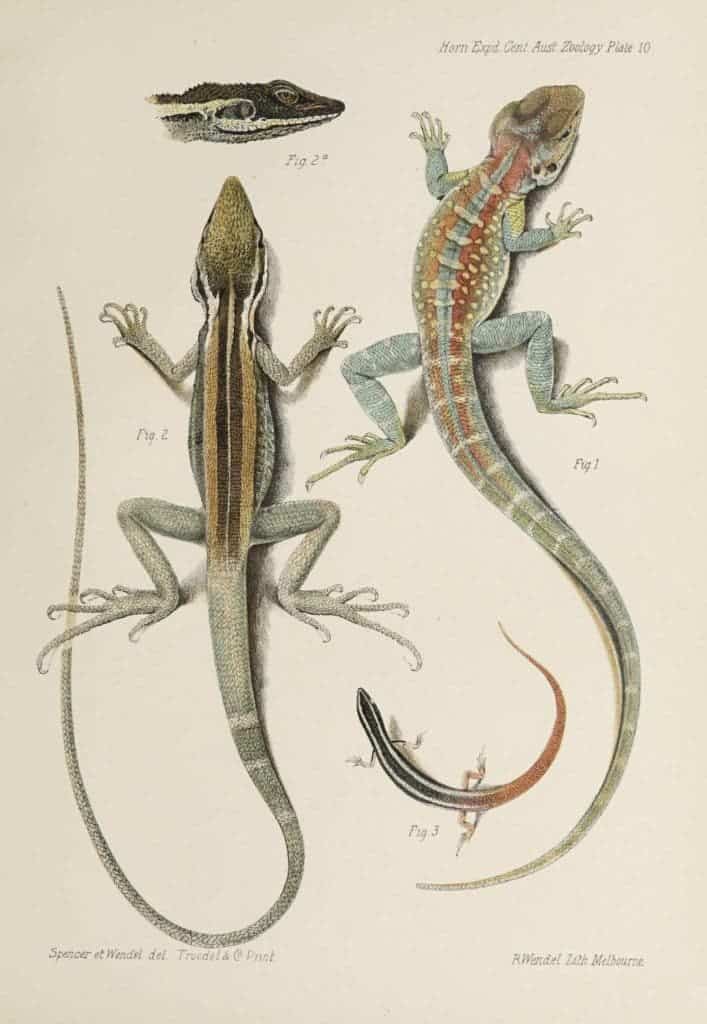
Image credits Biodiversity Heritage Library / Flickr.
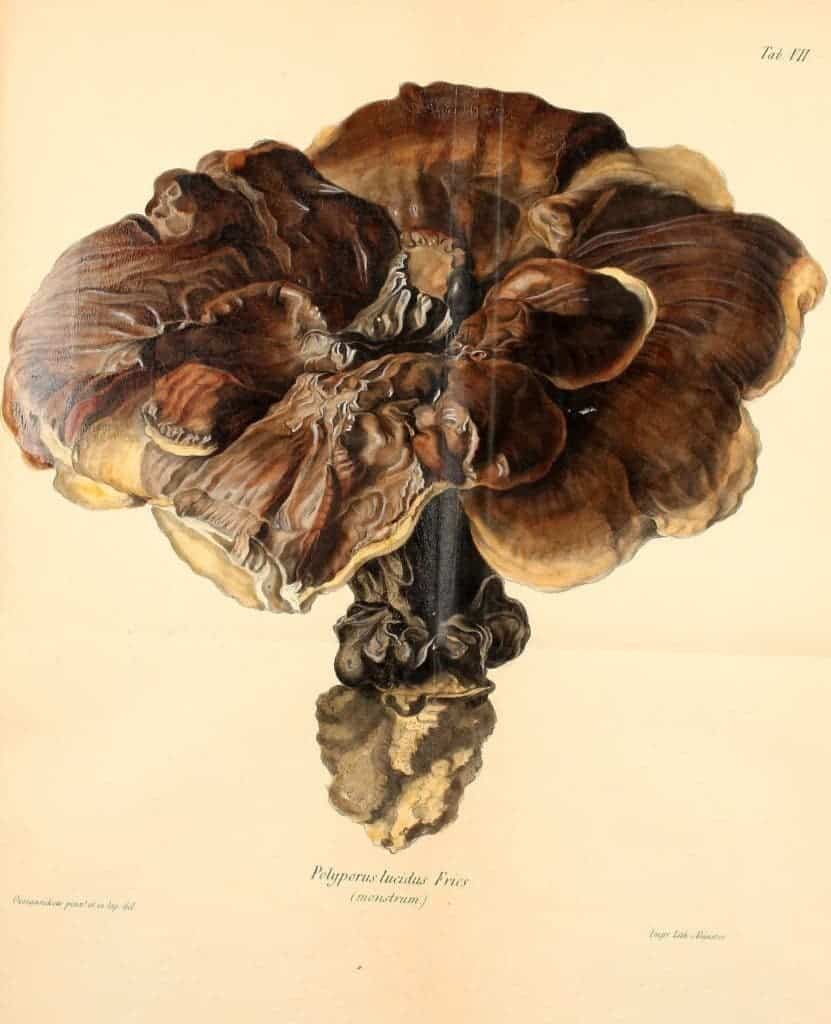
Image credits Biodiversity Heritage Library / Flickr.
Among the works in the BIH is a digitized copy of Joseph Wolf’s 19th-century The Zoological Sketches, two volumes totaling around 100 lithographs of wild animals kept in London’s Regent’s Park (which are drop-dead gorgeous). Dig around deep enough and you will find a DIY taxidermy guide, full with illustrated guides, published in 1833. Weird, but cool. One of my personal favorites is Osteographia, or the Anatomy of the Bones, a body of sketches published in London, 1733, looking at the human skeleton and its afflictions. Die Cephalopoden by one G. Fischer and Margaret Scott’s British sea-weeds could easily pass for surrealist artwork in my book. The striking yet translucent watercolors of The genus Iris make for an almost otherworldly look at the family of flowers.
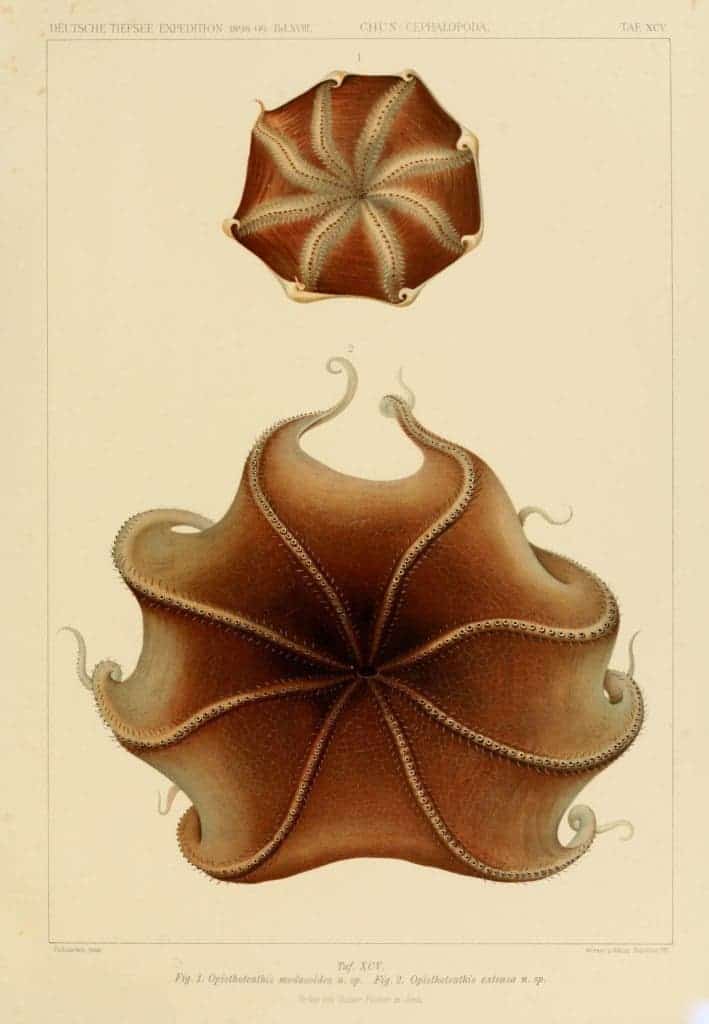
Image credits Biodiversity Heritage Library / Flickr.
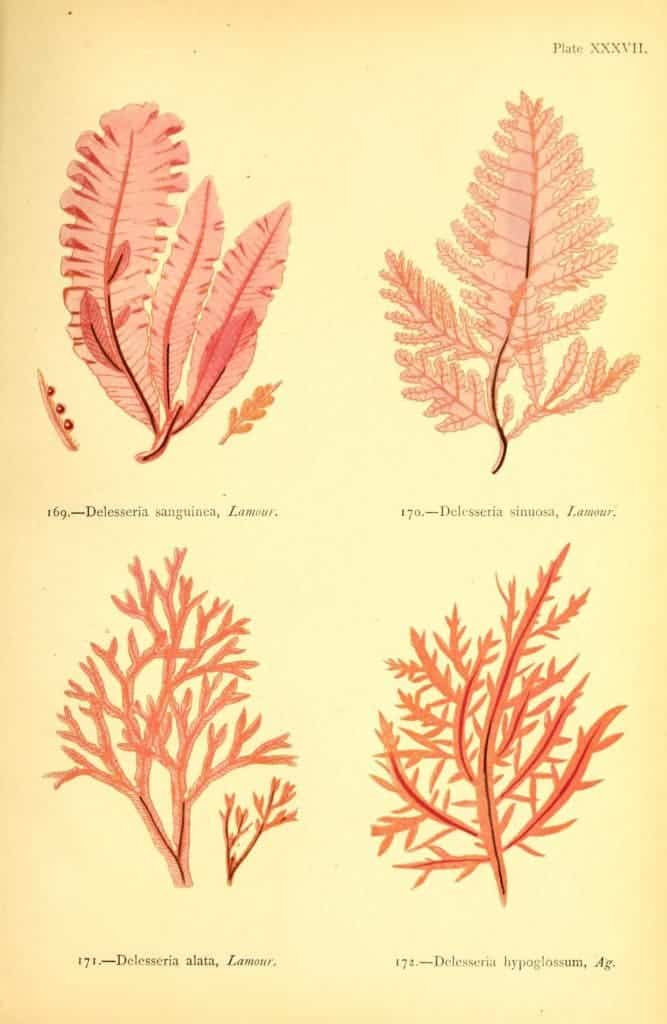
Image credits Biodiversity Heritage Library / Flickr.
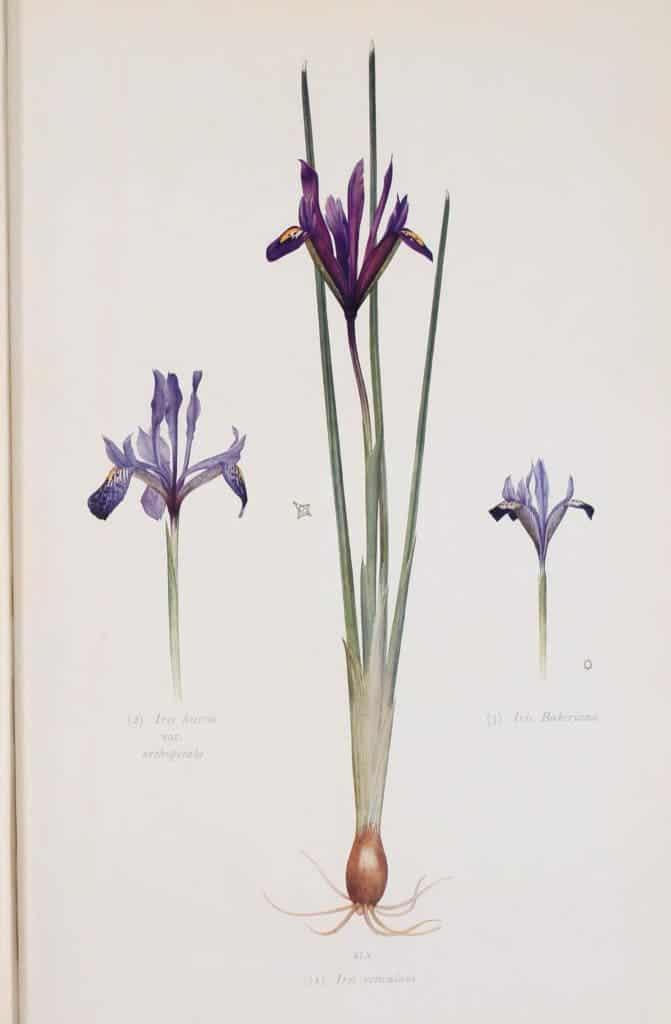
Image credits Biodiversity Heritage Library / Flickr.
Still, this is, when you get down to it, a resource aimed at scientists. As such, it comes with a wide range of tools to help navigation and assist research: these include features to monitor online conversations related to books and articles in the archive or to find works related to a particular species. But, if all you want to do is look at the pretty pictures (I don’t blame you), the BIH also has an Instagram and Flickr account that you can check out.
“Through Flickr, BHL provides access to over 150,000 illustrations, enabling greater discovery and expanding its audience to the worlds of art and design. BHL also supports a variety of citizen science projects that encourage volunteers to help enhance collection data,” the Library’s about page adds. “Since its launch in 2006, BHL has served over 8 million people in over 240 countries and territories around the world.”
“Through ongoing collaboration, innovation, and an unwavering commitment to open access, the Biodiversity Heritage Library will continue to transform research on a global scale and ensure that everyone, everywhere has the information and tools they need to study, explore and conserve life on Earth.”
That’s definitely a goal I can get behind.









